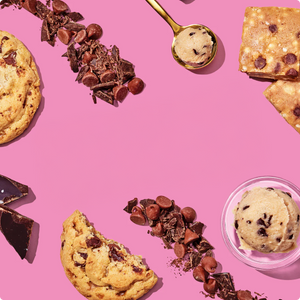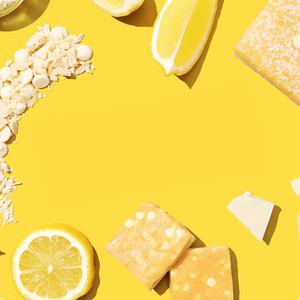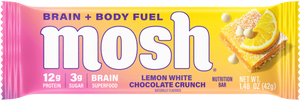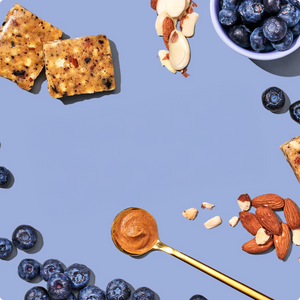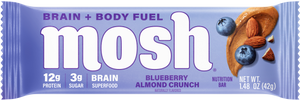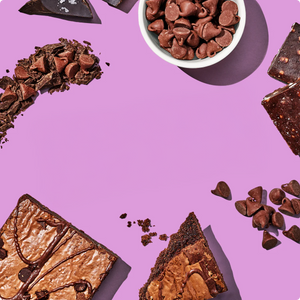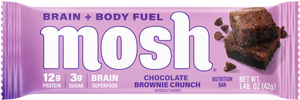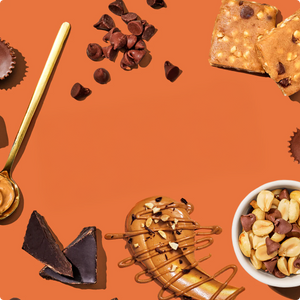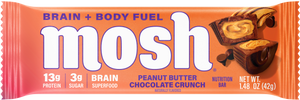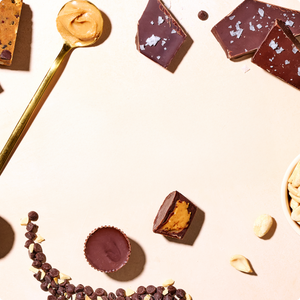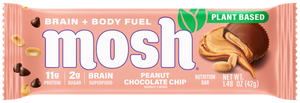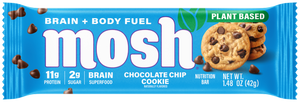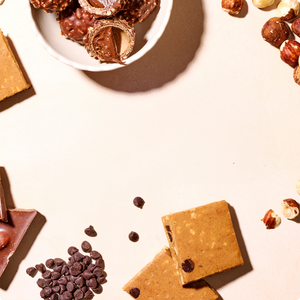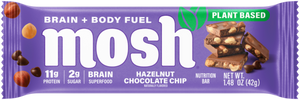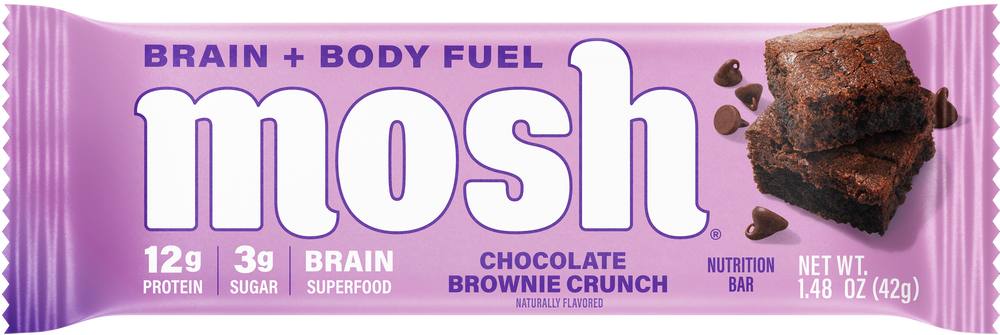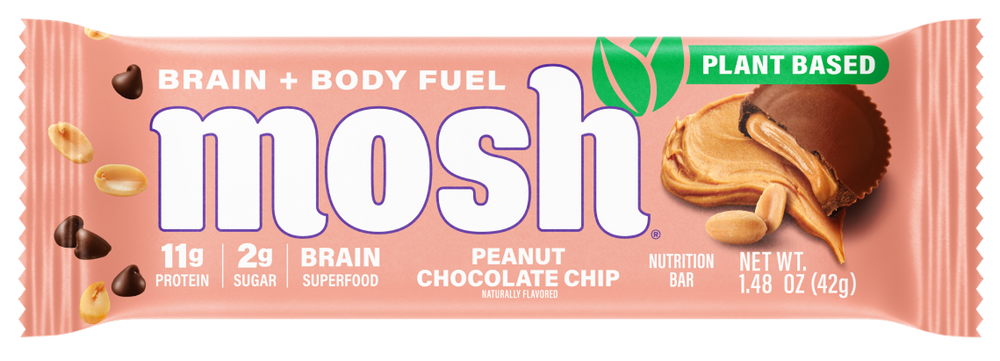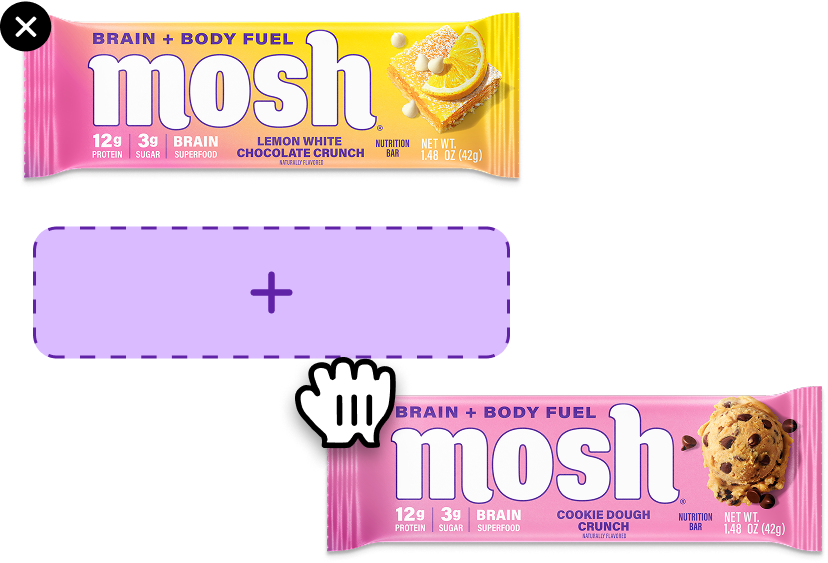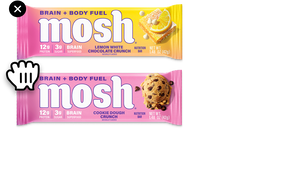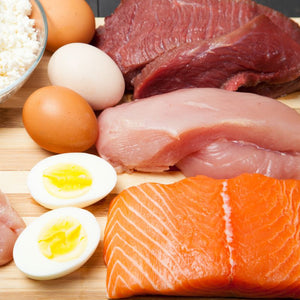Obesity has become a major health concern for a large portion of the world. The World Health Organization (WHO) has stated that worldwide obesity has almost tripled since 1975.
Furthermore, it’s stated that more than 1.9 billion people over 18 were overweight in 2016. It’s likely that the majority of these individuals may become obese and may deal with heart disease, high blood pressure, and other weight-related illnesses.
A diet high in calories may naturally result in weight gain over time. It’s why reducing your overall calorie intake is a key tenet of a healthy weight-loss diet. Fewer calories mean your body will use its fat stores and deposits as an alternative energy source. As a result, you may start shedding excess pounds and drop a few pants sizes.
The tricky thing about losing weight isn’t just keeping an eye on your calories. It’s about finding ways to combat the feelings of hunger. You can’t simply turn off your feelings of hunger, and it would be extremely dangerous if you could.
However, you can reduce the frequency and severity of these hunger pangs by making a few changes to your diet.
How Does Hunger Work?
The chemical reaction in your body that results in hunger is a bit complicated as it's often heavily influenced by countless external and internal factors. However, the primary driver of hunger is a hormone called ghrelin, which is naturally produced in the stomach.
Ghrelin acts like a chemical messenger telling the brain it’s time to eat. Whenever you start feeling hungry, it’s because your body has more ghrelin than usual.
Ghrelin gets released whenever your blood sugar drops to a certain level. Your blood sugar has often dropped because of an empty or near-empty stomach. However, sudden blood sugar drops can result from eating certain foods, including fried foods, salty foods, or sugary beverages/foods.
It doesn't take the body very long to digest these “empty calories.” You may experience a surge of energy shortly after eating them because of a spike in your blood sugar levels.
Unfortunately, what goes up must come down. The ensuing decline of your blood sugartriggers the release of ghrelin prematurely. You may feel hungry again even though you recently ate, which can often lead to eating another serving.
The good news is that there are foods out there that have the opposite effect on your body. It takes your body much longer to break them down during the digestive process. That might sound like a bad thing, but it can help to stabilize your blood sugar levels.
As a result, it will limit the release of ghrelin, which can help to suppress and reduce your feelings of hunger for a longer time. All that you have to do to provide this benefit to your stomach is to eat protein or fiber-rich foods.
Why Is Protein Good for You?
Protein is one of the three macronutrients (along with fat and carbohydrates) that provides your body with energy. In addition, protein is fundamental to creating and maintaining your bones, organs, muscles, skin, hair, and nails.
The amino acids protein is made of are broken down and used for several bodily functions. It’s why you’ve seen low-fat and low-carb diets but never low-protein ones.
Animal-based foods such as meat, fish, poultry, eggs, and dairy products are the most abundant sources of protein. However, you can also find it in smaller concentrations in many plant-based foods, including fruits, veggies, grains, nuts, and seeds.
We’ve previously created a more comprehensive list of foods high in protein and low in calories to give you a few ideas for healthy snacks.
Why Is Fiber Good for You?
Fiber is classified as a complex carbohydrate because the body struggles to break it down. The process of digestion is slowed down considerably in the presence of fiber.
A few positive things happen as a result: the belly expands, which stimulates the feeling of being full, blood sugar levels are consistent, and energy is released for a longer period. In other words, fiber is a direct counterbalance to the effects of ghrelin.
Finding foods with a high amount of fiber is almost as easy as foods with a high amount of protein. Most fruits, vegetables, whole grains, nuts, seeds, and legumes provide a healthy fiber supply. Depending on your current diet, you might have to reconsider your eating habits to get enough daily fiber.
What Foods Are High in Protein and Fiber?
Knowing how much you need each day is the key to increasing your protein and fiber intake. The daily recommended value for protein depends on a few factors but usually averages around 56 grams for men and 46 grams for women.
If you eat meat and dairy, you probably won’t struggle to meet these daily requirements. Fiber, on the other hand, is a little more challenging to reach each day. Experts recommend 38 grams of fiber daily for men and 25 grams for women. It takes a concentrated effort to reach the daily requirements for fiber.
In most cases, a well-rounded diet is usually enough to get all the protein and fiber you need daily. It’s even possible to achieve this goal without cooking.
On the other hand, you could just look for foods high in protein and fiber to ensure you get enough of each. These are a few of the foods that have the highest concentrations of protein and fiber:
Almonds
One ounce of almonds (roughly 23) contains six grams of protein and 3.5 grams of fiber.
Nuts like almonds and pistachios are nutritional powerhouses that provide plenty of protein, fiber, vitamins, minerals, and other micronutrients. Almonds are especially beneficial for brain function as they are an excellent source of healthy fats.
The only thing is that almonds are also fairly calorie-dense, so you’ll need to be careful. The same one-ounce serving mentioned above will provide roughly 165 calories.
Black Beans
One cup of boiled, unsalted black beans contains nearly 16 grams of protein and 15 grams of fiber.
Most beans are loaded with fiber, so you’ll find many types listed here. Not only are black beans an excellent source of fiber, but they’re probably the best source of plant-based protein on this list. The inclusion of potassium and antioxidants make black beans a cornerstone for a fiber-rich diet.
Broccoli
One cup of boiled, chopped broccoli contains 2.3 grams of protein and 2.6 grams of fiber.
Vegetables aren’t particularly renowned for being good sources of protein. As you can see, a cup of broccoli only has about an eighth of the protein of a cup of black beans. However, broccoli makes this list because it can give you protein and fiber without many calories.
A cup of cooked broccoli is only about 35 calories, so you can load up on it without being too concerned. Broccoli is also loaded with potassium, vitamin C, and vitamin B9.
Chia Seeds
One serving of chia seeds (roughly 2.5 tablespoons) contains five grams of protein and 10 grams of fiber.
The size of the seeds makes them easy to overlook when considering healthy options for meals and snacks. There’s no denying that chia seeds might be tiny, but that doesn’t mean they’re not extremely nutrient-dense.
They are a solid source of protein and fiber, and chia seeds are also packed with omega-3 fatty acids, which can promote positive heart health and support healthy cholesterol levels. These can be included in smoothies, yogurts, or beverages, like flax seeds.
Chickpeas
One-half cup of chickpeas contains 20 grams of protein and 18 grams of fiber.
Chickpeas might be the crown jewel of high-fiberand high-protein diets. Few foods provide more protein and fiber than chickpeas, and none are as versatile. You can bake chickpeas for a crunchy snack, eat them mashed, or mix a can into a salad.
Mashed chickpeas (more commonly known as hummus) are one of the most popular and versatile snack foods around the world. Incorporating it into your diet is much easier than other items on this list.
Not only that, but chickpeas are also an excellent source of iron, vitamin B6, and magnesium. The only downside is that chickpeas are extremely calorie-dense. The half-cup serving mentioned above contains about 365 calories, so moderation is important.
Edamame
One cup of cooked edamame beans contains 18 grams of protein and eight grams of fiber.
Edamame is made from immature soybeans, which are well known for being an excellent source of plant-based protein. Soybeans contain all the most important amino acids your body needs and provide plenty of fiber.
Another key health benefit of this high-protein food is that it’s high in phytoestrogens which can be beneficial for anyone dealing with the symptoms of menopause.
Green Peas
One cup of boiled, unsalted green peas has eight grams of protein and eight grams of fiber.
Green peas are often included as a side dish for hearty meals thanks to their incredible nutritional value. While the protein and fiber may be lower than other foods on this list, green peas make up for it by providing an abundance of vitamin A, vitamin K, and vitamin B6.
They also include antioxidants essential for positive brain health and overall wellness.
Kidney Beans
One-half cup of cooked kidney beans contains 22 grams of protein and 23 grams of fiber.
Kidney beans are the clear winner on this list regarding protein and fiber content. A half cup of kidney beans will provide you with nearly half of your daily requirements for protein and over 90 percent of your fiber requirements.
The additional iron, potassium, magnesium, and vitamin B6 found in kidney beans are enough for them to earn a place in your diet.
Lentils
One cup of boiled lentils contains 18 grams of protein and 16 grams of fiber.
Lentils are a staple for healthy diets as they’re high in protein, filled with fiber, and low in fat. Perhaps the best part is that they come with a variety of flavor profiles, making them easy to incorporate into your diet.
Lentils can be eaten plain or easily added to soups or salads to give them an additional kick of nutrients.
Lima Beans
One cup of boiled lima beans contains 15 grams of protein and 13 grams of fiber.
Lima beans (sometimes called butter beans) are another legume option filled with protein and fiber. The nutritional value of lima beans isn’t quite as potent as other options on this list, but their versatility can be very handy and make up for the deficit.
You can eat lima beans alone, pair them with corn to make succotash, or puree them to create a hummus alternative.
Pinto Beans
One-half cup of pinto beans contains 21 grams of protein and 15 grams of fiber.
The final legume of this list is one of the best and is a cornerstone of Spanish cuisine. Pinto beans are very commonly eaten in the form of refried beans and are an extremely popular alternative to meat.
The protein and fiber content of pinto beans is only the beginning, as these “painted beans” are an excellent source of magnesium, potassium, iron, calcium, vitamin C, and vitamin B6.
Quinoa
One cup of cooked quinoa contains eight grams of protein and five grams of fiber.
Quinoa doesn’t compare well with the legumes on this list regarding protein and fiber. However, it’s a whole grain loaded with nutrients (especially iron and vitamin B2) and very easy to incorporate into your diet.
Quinoa is an excellent substitute for cereal, oatmeal, and rice because it contains all nine essential amino acids. Additionally, quinoa is gluten-free, which can be very beneficial for your digestive system.
Use the Right Tools To Fight Off Hunger
It’s just a matter of time before you start getting hungry. When your stomach is empty, ghrelin will tell your brain you need to eat something. The problem is that ghrelin can be released in excess if you’re eating easily digestible foods. The excess ghrelin can cause intense feelings of hunger and make it very easy to accidentally overeat.
Keeping your stomach busy is the best way to avoid being flooded with ghrelin. As we mentioned earlier, it takes a long time for the body to properly break down protein and fiber. Eating fiber and protein-rich foods can help you feel more full for longer. These feelings (and reduced ghrelin) can go a long way to helping you avoid overeating.
Sources:
Rough Up Your Diet | News in Health
How Much Protein Do You Need Every Day? | Harvard Health
Dietary Fiber - Diet and Health | NCBI Bookshelf
Physiology, Carbohydrates | NCBI Bookshelf
Macronutrient Balance and Micronutrient Amounts Through Growth and Development | PMC
Low And Slow May Be The Way To Go When It Comes To Dieting | NPR
The Physiological Role of Ghrelin in the Regulation of Energy and Glucose Homeostasis | Cureus


